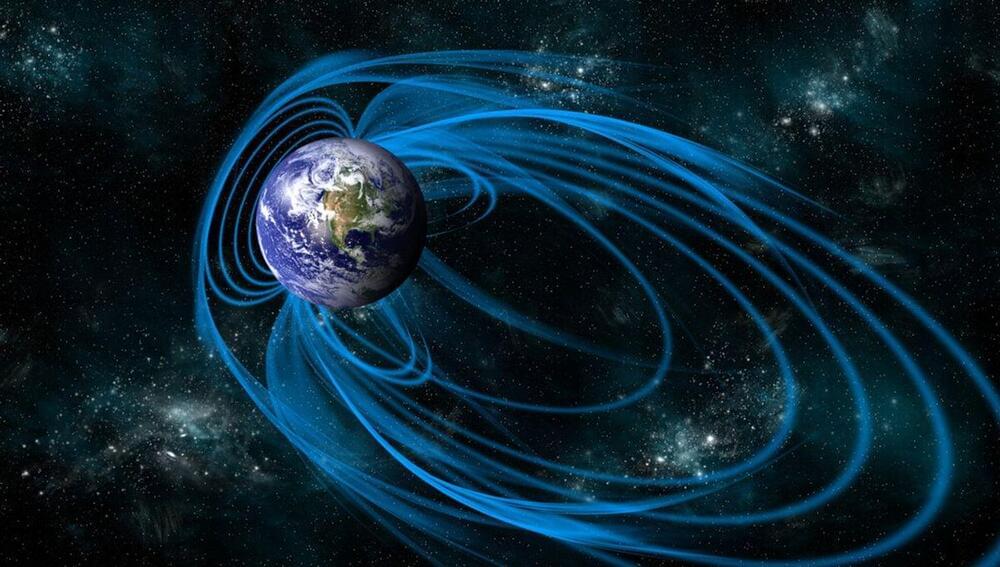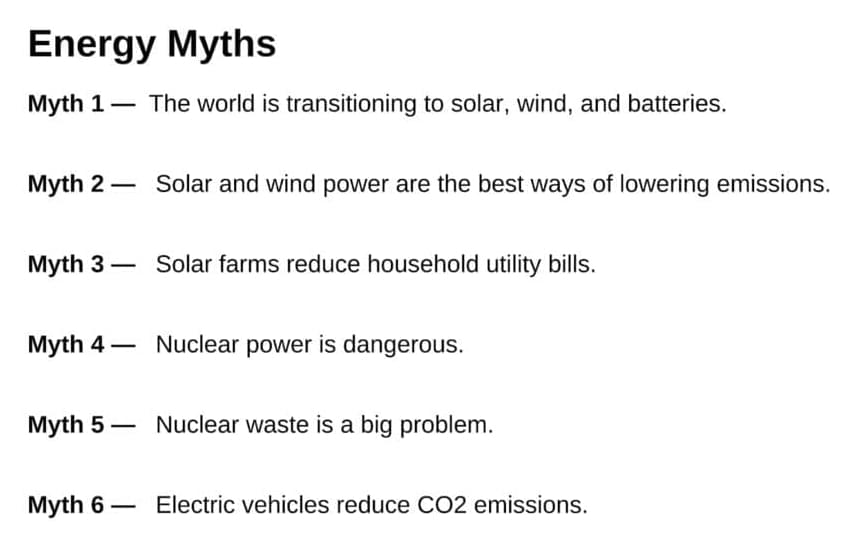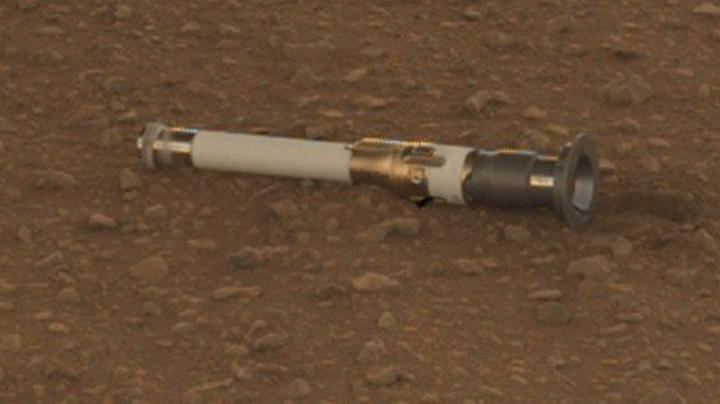Check out all the on-demand sessions from the Intelligent Security Summit here.
It appears that most IT environments have not connected the dots when it comes to ransomware and the importance of a good protection system. It’s easy to infer this when reading a recent IDC survey of more than 500 CIOs from 20-plus industries around the world.
The most headline-grabbing statistic from IDC’s report is that 46% of respondents were successfully attacked by ransomware in the last three years. That means that ransomware has leaped past natural disasters to become the primary reason one must be good at performing large data restores. Many years ago, the main reason for such restores was hardware failure because the failure of a disk system often meant a complete restore from scratch.






